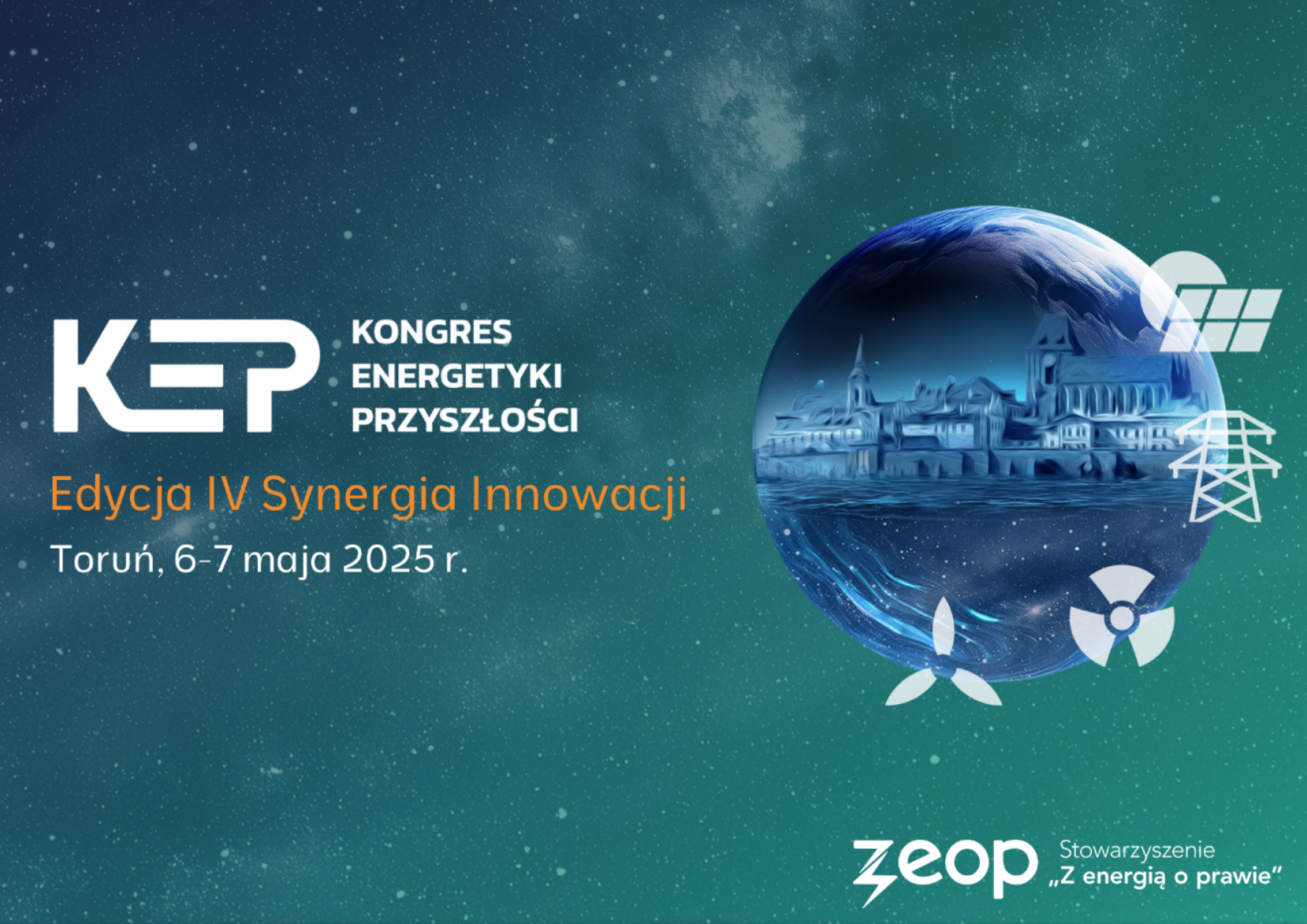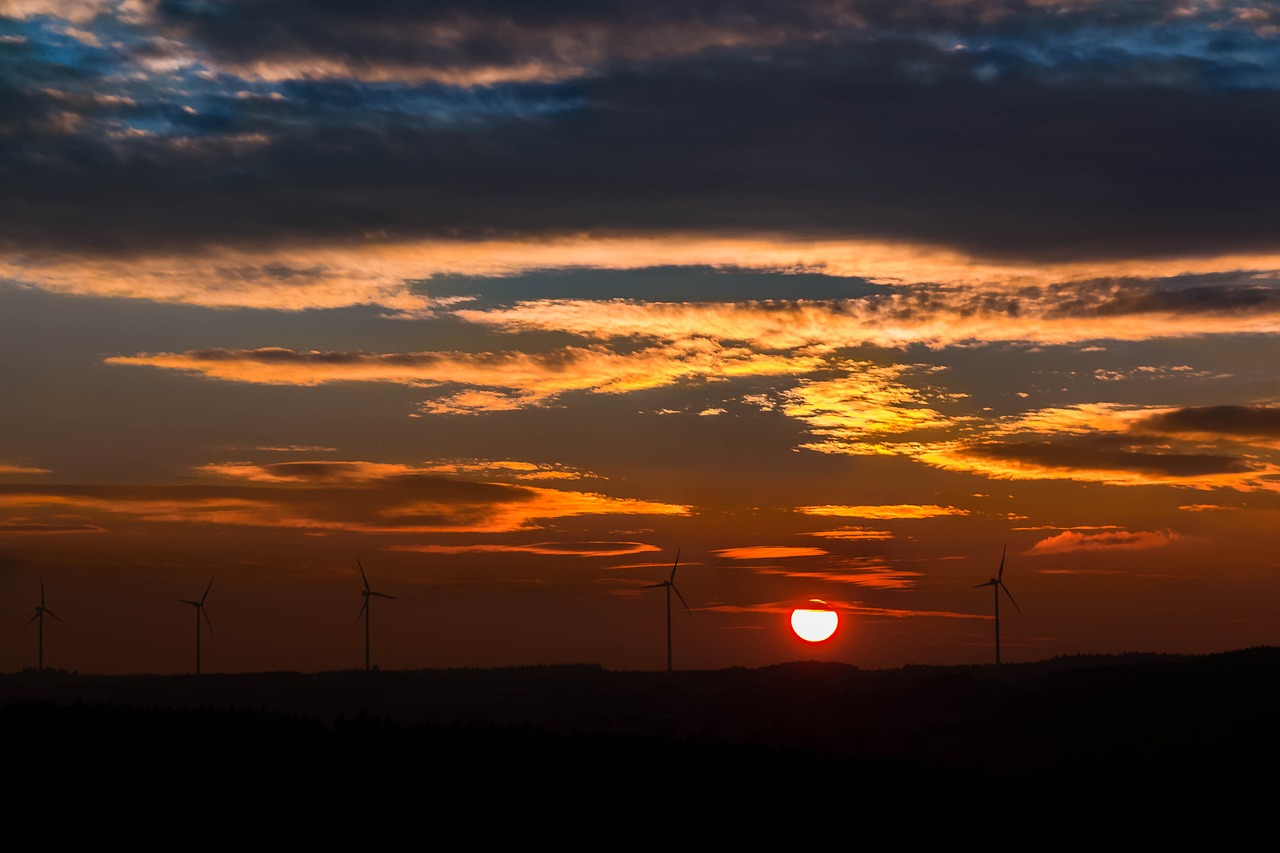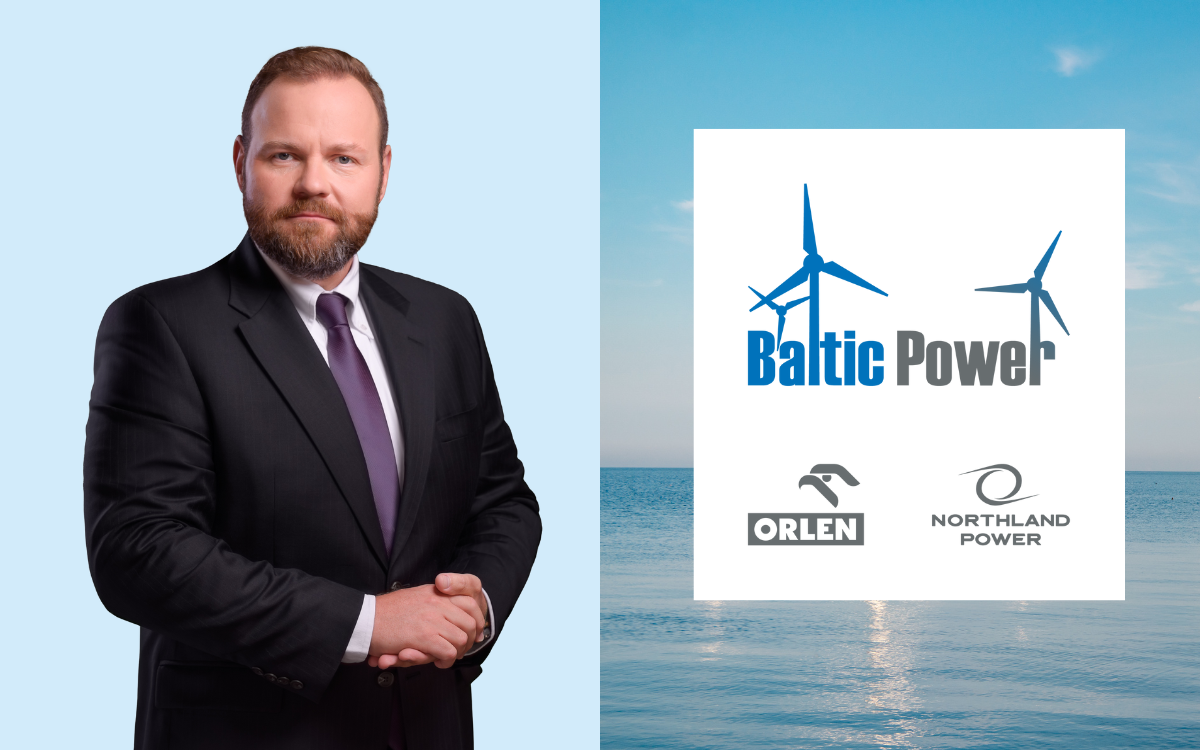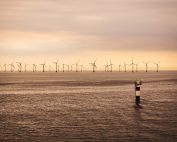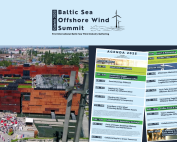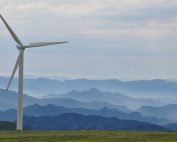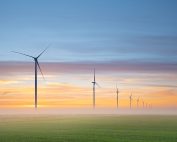PGE Polska Grupa Energetyczna is Poland’s largest power utility and its leading electricity and heat provider. The company warrants secure and stable electricity and heat supply to over 5 million customers. PGE is also a leader of the energy transition in Poland, that plans to reduce its environmental impact and achieve climate neutrality by 2050. PGE Group’s generation units produce approximately 40% of Poland’s electricity. Having a 10% share in the Polish renewable energy market, the PGE Group is the largest domestic producer of RES electricity (biomass excluded). Our plans for the years to come assume a continued increase in the share of RES energy sources – especially those powered with wind and sun.
PGE is also a leader of change in the Polish energy sector. In the PGE Group’s strategy, the Company presented a plan of the Group’s transformation and a roadmap of the elimination of carbon from power generation and adopted the objective to become climate-neutral by 2050. PGE investment plan provides for the country’s largest capital expenditures on offshore wind farms.
Offshore wind farms are one of the fastest developing renewable energy sectors. New wind turbines capable of providing green energy to millions of households are installed each year in seas all around Europe. Currently, the majority of them are located in the North Sea. According to experts, the Baltic Sea also stands a chance of becoming a popular area for offshore wind farms, as it offers great environmental conditions for their development.
PGE Group’s Offshore Program assumes the completion of Baltica Offshore Wind Farm, the largest offshore wind project in the Polish part of the Baltic Sea. The most advanced offshore project of the PGE Group, implemented in partnership with Danish Ørsted – Morska Farma Wiatrowa Baltica (Baltica Offshore Wind Farm) with a total installed capacity of up to 2.5 GW. The project will be implemented in two stages – Baltica 2 and Baltica 3, and put into operation before 2030. The Baltica 1 wind farm with a capacity of approx. 0.9 GW will be completed after 2030. These offshore wind installations will provide electricity to approx. 5.4 million Polish households and lead to avoid the emission of approx. 11 million tonnes of CO2 annually. The Group’s vision provides for further investments to be completed before 2040.
The construction of offshore wind farms provides numerous branches of Poland’s industry with great development opportunities, as they may participate in the process of planning, constructing, and operating wind farms in the Baltic Sea. Supply and value creation chains for offshore wind farms are very long, linking numerous institutions and companies. The supply chain of offshore wind investments include mainly the production of turbine components (such as blades, generators, gears, power take-off systems, angle of attack control systems, supporting structures, electrical equipment, etc.).
The supply chains of offshore wind farms are very long and made up of many businesses and institutions. Polskie Stowarzyszenie Energetyki Wiatrowej (Polish Wind Energy Association) has identified more than 100 Polish entities that may successfully participate in the process of planning, constructing, and operating wind farms in the Baltic Sea.


